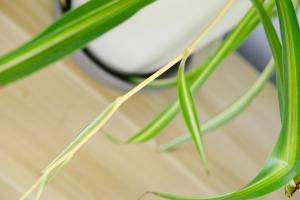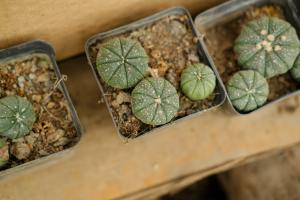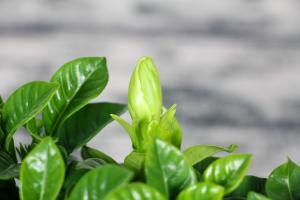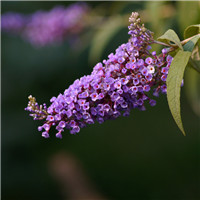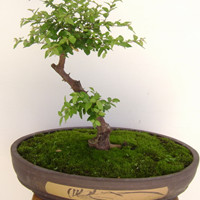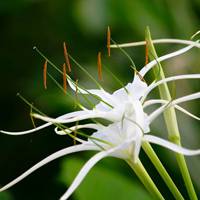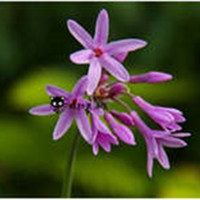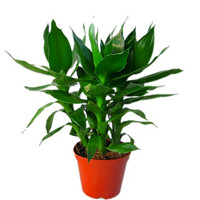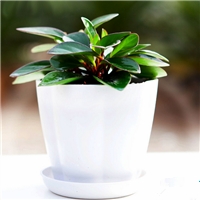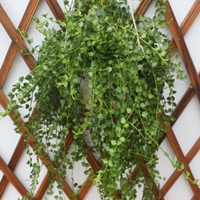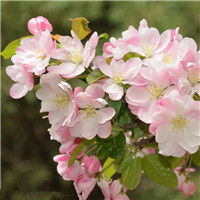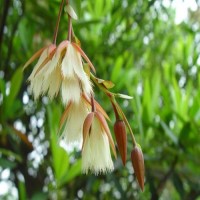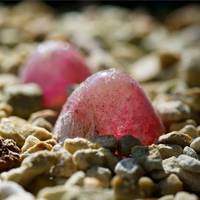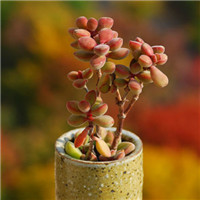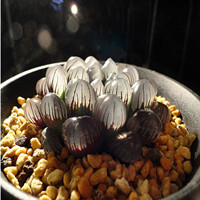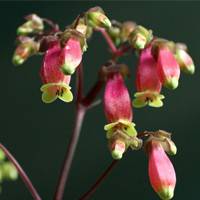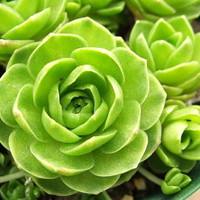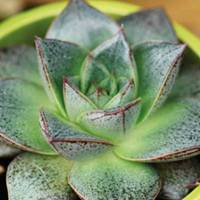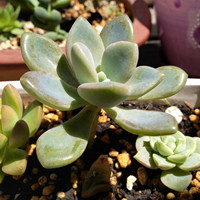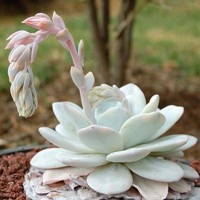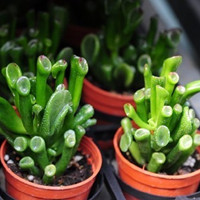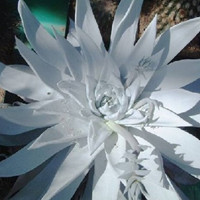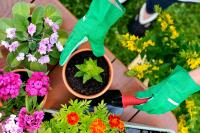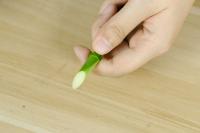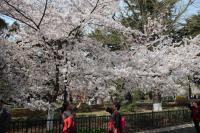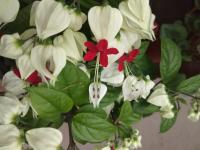How to Determine the Best Time for Planting Flowers
Decorative flowers can make any garden bloom and flourish, but it鈥檚 important to understand the best time for planting different types of flowers. Growing conditions and local climate determine the optimal time for planting flowers. With a few steps and precautions, you can ensure a beautiful and thriving flower garden.
Factors for Planting Timing
Several factors affect the timing of planting flowers. Some of the main considerations include the location you live in, soil quality, expected flowering time, and the flowers being planted. If you are using seedlings, you need to pay attention to the instructions on the packaging to avoid planting them too early or too late. If you are planting seeds directly, you need to pay attention to the date listed on the packaging.
Weather Considerations
Before you start planting flowers, you need to consider the local climate and weather patterns. Frost and freezing temperatures can damage or kill emerging blooms, so it's best to wait for the danger of frost to pass in your area before planting flowers. Sudden frost or extreme temperature drops can also negatively affect flowers. Plan your planting according to the climate, either in the spring or fall if you are in a mild climate, or in the summer if you are in a hot climate.
Planting Time for Annual and Perennial Flowers
Annual flowers usually have a longer growing season and are planted in the spring once the weather has warmed up, and the danger of frost has passed. However, some annuals can be planted in the fall since they can tolerate cooler temperatures. Perennials grow stronger roots in fall and have a dormant period in winter. It is best to plant perennials in the fall or early spring so they can establish roots before the heat of summer hits.
The Right Time to Plant Bulbs
Bulbs like tulips, daffodils, and crocuses can add beauty to a garden. Fall is the best time to plant bulbs in many areas because the soil is still warm enough to stimulate growth, but the air has cooled, which provides a gripping effect and prevents the bulb from rotting. Plant bulbs before the frost hits and before the ground freezes to ensure a beautiful bloom in the spring.
Conclusion
It is important to consider the growing conditions and weather patterns before planting flowers. The best time to plant flowers is when the weather is mild, and the soil is ready to receive them. Whether you are planting annuals, perennials, or bulbs, timing is key to ensure blooming success.

 how many times do yo...
how many times do yo...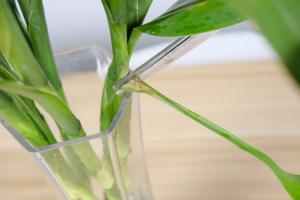 how many planted tre...
how many planted tre...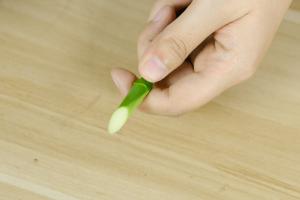 how many pine trees ...
how many pine trees ... how many pecan trees...
how many pecan trees... how many plants comp...
how many plants comp...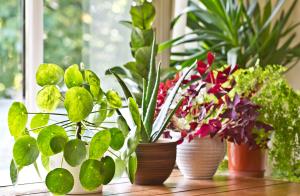 how many plants can ...
how many plants can ...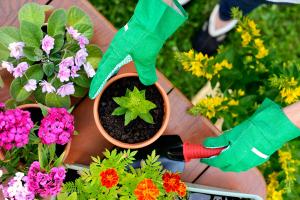 how many plants and ...
how many plants and ...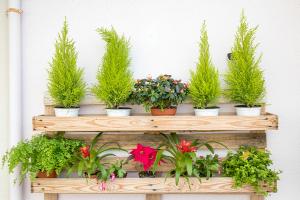 how many pepper plan...
how many pepper plan...
